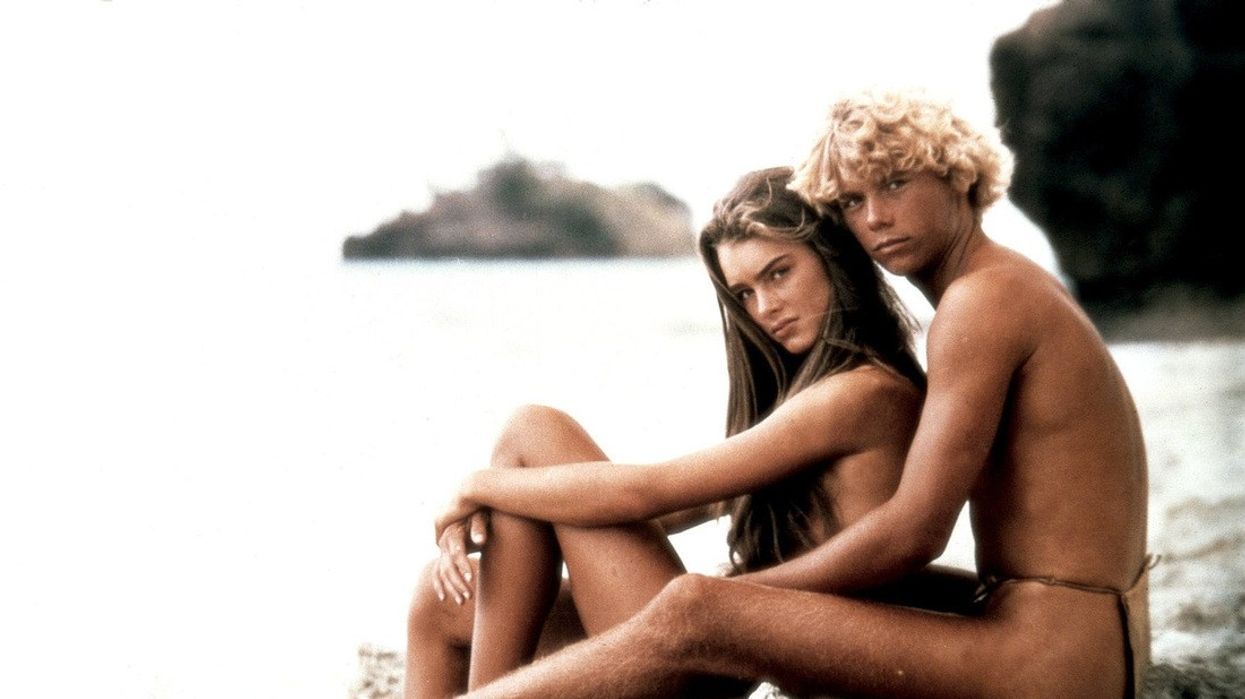Watch: The Art of 'Less is More' in Oscar Winner Nestor Almendros' Cinematography
A new video essay details the techniques of one of history's most renowned cinematographers.

You may not know Nestor Almendros' name, but you have seen his work—the Spanish cinematographer shot Days of Heaven, Kramer v Kramer, Sophie’s Choice, and The Blue Lagoon, among other classic films.
The four-time Academy Award-nominee (and one-time winner, for Days of Heaven) was born in Spain and raised in Cuba. In Havana, he wrote film reviews; later, he went on to study cinematography in Rome at the Italian National Film School, Centro Sperimentale di Cinematografia. Following the Cuban Revolution in 1959, he made multiple short films that were subsequently banned by the government. Almendros fled to Paris, where he caught the eye of French New Wave auteurs Éric Rohmer and François Truffaut and developed his core philosophy, "less is more."
Almendros was a purist. "I believe in limitations and discipline," he declared in his out-of-print book, A Man with a Camera. On every film, he eliminated unnecessary lights in order to emphasize performance. A new video essay from Wolfcrow details this economical aesthetic. As the video essayist notes, despite the fact that Almendros is one of cinema history's most cherished and imitated cinematographers, there is unfortunately little public information available about him.
When shooting outdoors, Almendros preferred to use just one motivated light source—most often, the sun. Indoors, he would imagine how sunlight would light a room, employing mirrors to bounce light inside and using motivated practicals where necessary. Like a true purist, he disliked gimmicks; he often backlit actors and tried to eliminate diffusion and unmotivated close-ups.
Lighting faces, he employed a variable contrast ratio (usually two stops). He wasn't afraid of placing an actor against a burned-out sky. He almost always shot spherical, with the Academy standard 1.85:1 and European standard 1.66:1 aspect ratios. His stock of choice was almost always Eastman from Kodak.











